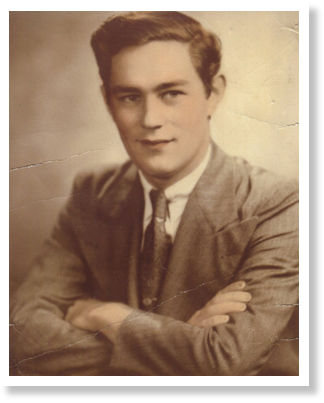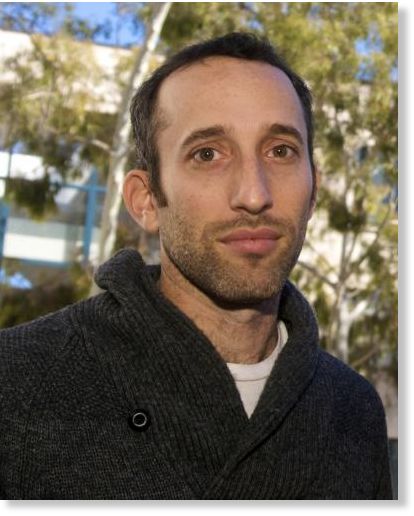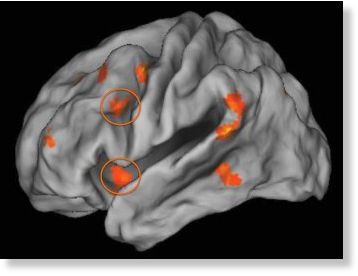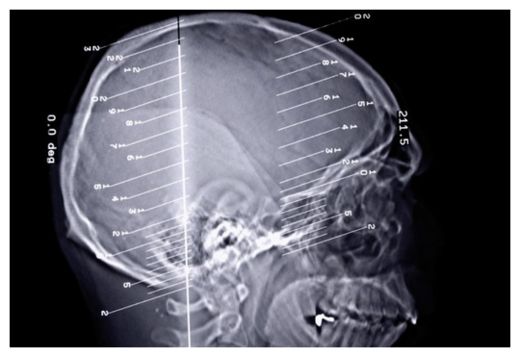
Henry Gustave Molaison
In the movie
Groundhog Day, the TV weatherman Phil Connors finds himself living the same day again and again. This has its advantages, as he has hundreds of chances to get things right. He can learn to speak French, to sculpt ice, to play jazz piano, and to become the kind of person with whom his beautiful colleague Rita might fall in love. But it's a torment, too. An awful solitude flows from the fact that he's the only one in Punxsutawney, Pennsylvania, who knows that something has gone terribly wrong with time. Nobody else seems to have any memory of all the previous iterations of the day. What is a new day for Rita is another of the same for Phil. Their realities are different - what passes between them in Phil's world leaves no trace in hers - as are their senses of selfhood: Phil knows Rita as she cannot know him, because he knows her day after day after day, while she knows him only today. Time, reality, and identity are each curated by memory, but Phil's and Rita's memories work differently. From Phil's point of view, she, and everyone else in Punxsutawney, is suffering from amnesia.
Amnesia comes in distinct varieties. In "retrograde amnesia," a movie staple, victims are unable to retrieve some or all of their past knowledge - Who am I? Why does this woman say that she's my wife? - but they can accumulate memories for everything that they experience after the onset of the condition. In the less cinematically attractive "anterograde amnesia," memory of the past is more or less intact, but those who suffer from it can't lay down new memories; every person encountered every day is met for the first time. In extremely unfortunate cases, retrograde and anterograde amnesia can occur in the same individual, who is then said to suffer from "transient global amnesia," a condition that is, thankfully, temporary. Amnesias vary in their duration, scope, and originating events: brain injury, stroke, tumors, epilepsy, electroconvulsive therapy, and psychological trauma are common causes, while drug and alcohol use, malnutrition, and chemotherapy may play a part.








